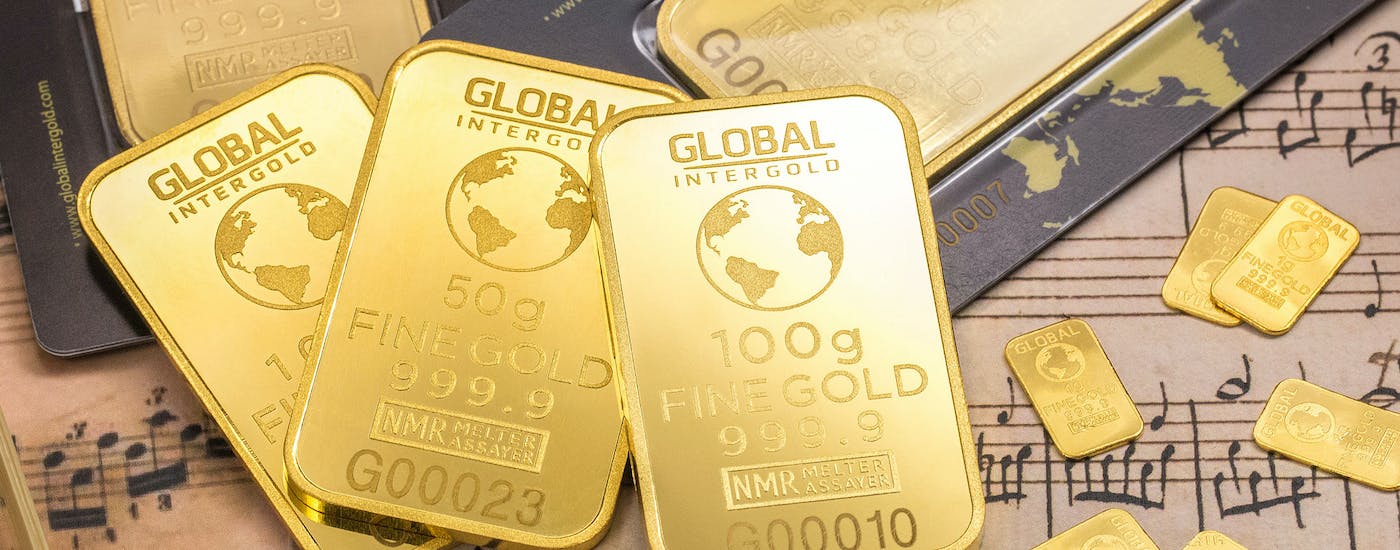Importance of Silver And What It Is For
Silver is a white, shiny, soft, and malleable chemical element. These characteristics make it essential in many manufacturing processes, as well as in biological functions in living beings, as well as in plants since it is found in nature.
 Importance of silver
Importance of silver
This element can be found in its basic soft metal form or as a mineral, integrating the formation of sulfides important for strengthening bones in animals and humans.
For plants, their oxygenation is also essential since it is found in a large part of the Earth’s crust, along with other minerals that are responsible for the natural treatment of soils.
Silver contains electrical properties since it originates from metals. However, its potentialities are not as high as other conductors of electricity; its intervention in light currents allows balance and absorption of power that prevents short circuits.
What is it for
In jewelry making, silver has a significant place due to its resistance to factors such as time, and its malleability allows the creation of garments of various structures. The same resistance offers the absorption of chemicals for the use of textures or colors so that these creations can then be marketed.
In medicine, silver is used to manufacture dental prostheses being a low-toxic element for human health, which is why substances capable of removing warts from the skin have been produced.
In its natural metal form, it is also highly sought after for marketing since it is attractive to the eye and used as decoration in homes. It does not corrupt or rust easily; it resists over time, and its bright tone makes it ostentatious.
Features and properties
Silver is part of the chemical series of transition metals.
Of all metals, silver has the highest conductivity, both electrical and thermal. It even has the highest reflectivity value.
Although it is usually found in mineral form, silver can exist in pure form under natural conditions.
It has certain chemical similarities with copper and gold.
In nature, metallic silver tends to interact very little with other elements.
Much of silver production depends on ore extraction of copper, zinc, gold, lead, and nickel.
Most of the silver production goes to the industrial sector. In metallurgy, silver produces alloys with nickel, cobalt, copper, etc. These alloys are used in welding, electrical contacts, electric motors, batteries, and dental pieces.
In electronics, silver and its alloys are vital for making efficient contacts in integrated electrical circuits and electronic components of computer hardware.
In the chemical industry, silver is useful for making stable and resistant equipment and implements. However, this metal stands out as a catalyst in oxidation reactions, such as that between methanol and oxygen, to produce formaldehyde.

